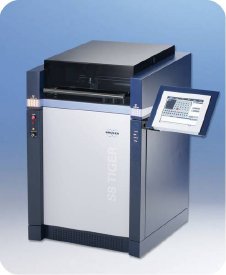Oct 28 2010
In the polymerization process of PE and PP the Ziegler-Natta catalyst is commonly used for reaction enhancement. Catalyst systems of the Ziegler-Natta type are a mixture of reagents used in the production of polymers of the 1-alkenes type (α-olefins).
Ziegler-Natta catalysts are typically based on titanium-magnesia and organometallic aluminium compounds, such as the undefined methylaluminoxane (MAO) or well defined triethylaluminium, (C2H5)3Al. As the catalyst is very expensive (1000 US$/kg range) it is not wishful spending it rapidly. The efficiency of the catalysts must be optimized to maximize the output of polymer with a given amount of the catalyst. In order to monitor the catalyst performance the analysis of magnesium in polymers is an important application. The aim is to achieve the best accuracy and precision at lowest concentration levels of Mg.

One standard analytical technique for this application in general is ICP-OES. As this is based on a time consuming preparation using hazardous chemicals in combination with high argon gas consumption and the calibration is required day by day, other efficient analytical techniques such as wavelength dispersive X-ray fluorescence spectrometry (WDXRF) are preferred.
This application report will demonstrate that very low levels of Mg can easily be analyzed by means of the wavelength dispersive X-ray fluorescence spectrometer S8 TIGER 4K. Bruker AXS’ modern sequential WDXRF spectrometer S8 TIGER applies an X-ray tube with up to 170 mA current at full 4 kW power. It proves to be an optimal solution for the enhanced accurate and precise analysis of light elements in extreme low concentrations.